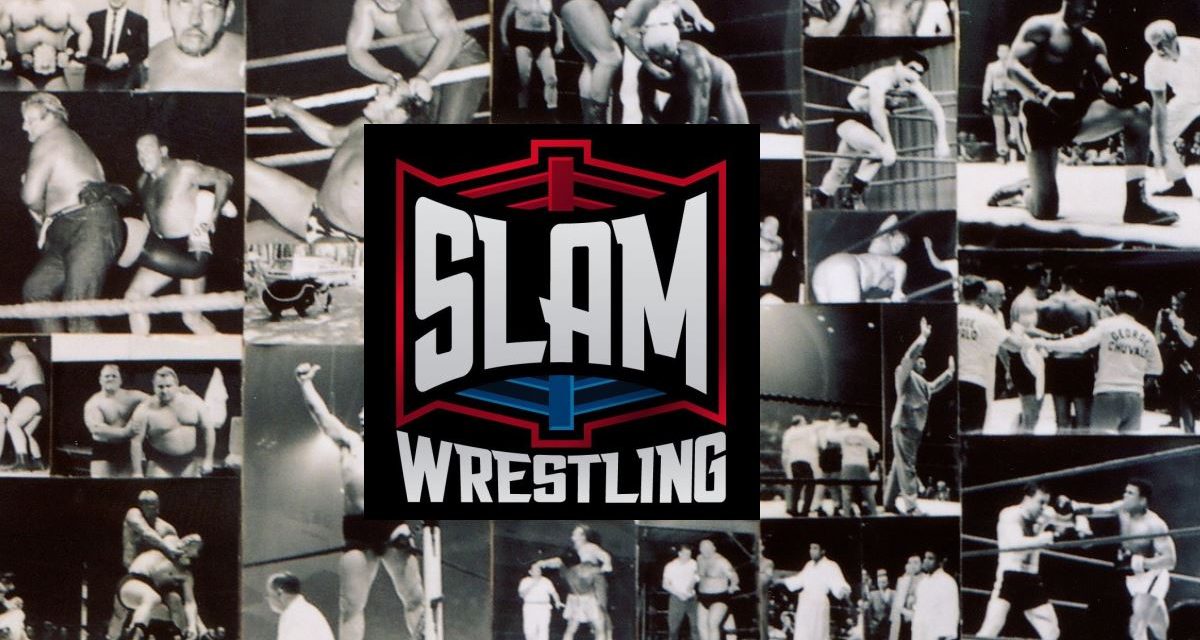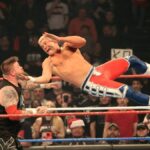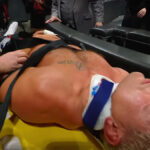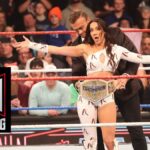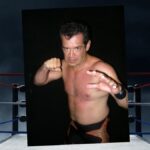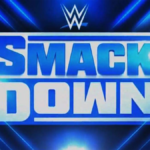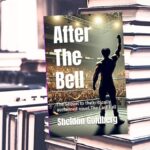Through his exposure on WWE television — not to mention the fact that he has competed in almost every region on the globe — the name Finlay is one that is famous throughout the professional wrestling world.
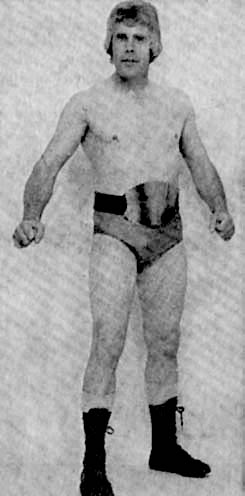
Dave Finlay, Sr.
But before there was “Fit,” as his peers refer to him, there was his father, the original Dave Finlay. And it was his Dad who gave his son the wrestling education that stood him in good stead across his remarkable 30-year career.
“By the time my son was 10 or 12 years old, he was already doing amateur and professional wrestling,” Finlay Sr. told SLAM! Wrestling. “From an early age, he wanted to be a wrestler, so I thought to myself ‘I’m going to teach him the proper way.’ I taught him proper, freestyle amateur wrestling, and he was very successful in doing that, before he got the taste of professional wrestling. By the time he was 18, he was already working in England. The rest is history.”
Finlay Sr. himself had an interesting career in professional wrestling, although he was much later in taking up the craft. Part of that was because of his deep love for amateur wrestling, but also because there were few places to learn, from his home base of Whiteabbey, just a few miles north of Belfast, in Northern Ireland.
His original sport of choice was boxing, which he took up before he’d even got into double-figures. But that promising sporting outlet was cut short when he was just eight years old, after he lost an eye in an accident that he remembers to this day.
“It was coming towards the end of World War II, and the Belgian troops had been stationed in Whiteabbey,” he recalled. “They had an ammunition dump, and us kids went there to see what there was. My brother and I were messing about with something, I guess it was a detonator of some kind, and when I threw it, it went off, and I never saw out of that eye again.”
Though the injury was devastating, Finlay was still able to compete in other sports, and was a keen athlete and gymnast. When he was introduced to wrestling, however, it was exactly the outlet that he had been looking for.
“The first time I encountered wrestling was in the early ’50s. I was in the Boys Brigade, and a gymnastics teacher of ours, who also fancied himself as a wrestler, showed us a few basic moves. I loved the aggression of it. You know how it is — as a 16 year old you’re busting out of your skin with enthusiasm and aggression, and I found that I was able to put that to use in wrestling. I was naturally strong, and no-one could get the upper hand on me.
“But there was nowhere where you could really go on and learn more about wrestling, so I ended up playing a few other sports, until my wife and I went to Canada in 1957. We lived in London, Ontario, and at the time of the Hungarian revolution, and Canada was a real haven for those people. They brought across a real knowledge of wrestling, and I was able to learn a lot at the local YMCA. When we came home to Northern Ireland in 1961, I saw an advert in the Belfast Telegraph for wrestlers, and so I was able to carry on from there.”
Finlay ended up working out in a little gym in Belfast’s Albion Street, beside the notorious Sandy Row area of the city. The gym, if you can call it that, was named “The Pit,” and in hindsight, it was remarkably reminiscent of Billy Riley’s “Snake Pit”, that trained so many wrestlers across Irish Sea in Wigan, England.
“I went down there to see what was going on, and there was a huge amount of guys there. ‘The Pit’ really wasn’t much more than its name suggested, as there was no roof, and you could see the stars on a clear evening.
“It became pretty clear that it was a survival of the fittest, and you basically had to fight for your right to be there. There was a lot of screwing of heads and arms, but I was in good shape at the time. After a while, a guy who went by the name of Noel Arnott saw some potential in me, and helped to train me. But getting trained wasn’t like it is today. We learned mostly catch-as-catch-can, like the Wigan boys were doing.”
Finlay’s first professional wrestling bout was in 1963, at the relatively late age of 30. The match took place in Newry Town Hall, again just outside of Belfast. He didn’t receive any fee for the bout, unless you count the gas money it took to travel there.
“Stepping into the ring for my first match was the most peculiar feeling,” noted Finlay. “There was this big ring light, and when you looked out to the audience, it was dark. You couldn’t see anything, so it was as if it was just you and your opponent. It was quite the experience.”
Pro wrestling ended up being virtually full-time for Finlay, though his true passion remained with amateur wrestling. Aside from that fact, one further stumbling block on a potential full-time career was that the various promoters, such as Orig Williams, wanted him to travel internationally, something he had reservations about.
“I used to go on wrestling tours all around Ireland, and to places like the Isle of Man. But when there was a big Loyalist strike in Belfast in 1974, the place was crippled, and I took my family to Wales to live.
“I thought at that stage that I was going to go full-time with pro wrestling, but to do that I was going to have to go to places like Turkey, which I didn’t want to do. When you go on tour like that, you have a lot of free time, and most wrestlers end up in the pub all day. I knew that there was no point in my earnings going straight back down my throat. Unfortunately many good wrestlers made no money, because they didn’t work that out.”
On shores closer to home, then, Finlay got to share dressing rooms with virtually all of the famous World of Sport television wrestlers of the time, many of whom were household names, in what was a British Saturday afternoon institution. Finlay found however, that some were more to his liking than others.
“There were lots of well-known wrestlers on the cards that I worked. Adrian Street was there, as was Jackie Pallo, the Borg Twins from Malta, and others. Adrian was a scholar and a gentleman, a good showman that I had many great matches with. I didn’t get on with Jackie Pallo, though, as I felt he had no respect for the business. He would call everyone ‘darling’, which is the last thing you want to call me. The first chance I got him in the ring, I gave him a good bruising.
“There were some great wrestlers around at the time, and I always thought George Kidd was superb. I also liked Mick McMichael, and Eddie Hamill — who I trained with back in Belfast — may have been the best in our time. He was a real blue-eye, and he did well for himself with the ‘Kung Fu’ gimmick.”
While he was still active as a professional wrestler, Finlay also began running his own shows back in Northern Ireland. He purchased “The Pit,” including the two rings that the owners had, and brought in talent from all over the UK for many small but successful shows.
“We had a great thing going there, and at one point, we were able to run two shows a night. We’d have an early start in a town like Larne, and then gradually we’d all go to say, Carrickfergus, and wrestle a late show there. We wrestled all over, and even when the Troubles were at their peak in the ’70s, we would still run shows. My son would help us put the ring up.”
Finlay Sr. ended his professional career in 1989, but always went back to amateur wrestling any time that the occasion arose. Having been an All-Ireland amateur wrestling champion, he became a prominent coach, and in 1992, he was named Coach of the Year for his work with the Northern Ireland team. He also worked with a Great Britain team that went to the Commonwealth Games in Canada in 1994.
“Amateur wrestling was quite prominent here from the ’70s until the ’90s, and that was without it being done in schools, like they do in America. We produced British champions at various ages, and I went to three Commonwealth Games as a coach. I used to tell that students that they had to train harder than their opponent. If you are sitting down doing nothing, you can bet that he is not!”
In 2002, almost ten years after amateur wrestling lost steam in the country, Finlay began teaching amateur wrestling as part of a summer scheme for children. Six years later, he has taken the sport into schools across the Belfast area, in the hope of building the sport back up to its former glory.
“We’ve set ourselves an achievable goal of putting together a team that can compete in the Commonwealth Games in 2010. We’re making a lot of in-roads. We have several clubs set up, and we’ve done demonstrations in schools so that principals can see what kind of skills wrestling teaches. It’s about planting that seed, an piquing these young people’s interest in wrestling, just as mine was all those years ago.”
Professional wrestling’s loss may have been amateur wrestling’s gain. But having been wrestling for over 50 years, and coaching for 35 of those, Finlay’s dedication to the sport of wrestling is something that any professional, in any walk of life, should aspire to.
